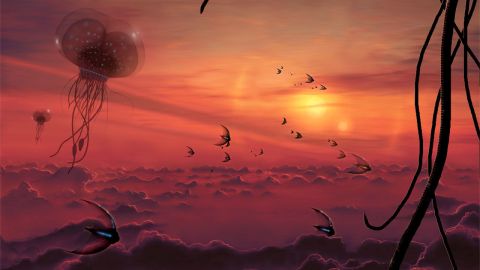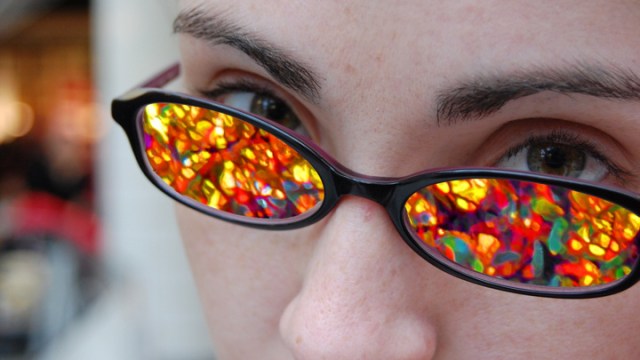Alien Lifeforms Could Exist in the Clouds of Brown Dwarfs, Cold “Failed” Stars

As we look for extraterrestrial life, questions about where it could live and what it could look like are paramount to the search. Now scientists propose a new possible place to scout. Brown dwarfs are space objects in between planets and stars in size that could get twice as big as Jupiter. A new study proposes that alien life could live in the upper layers of a brown dwarf’s atmosphere, which have temperatures and pressures similar to Earth’s.
What the researchers from the University of Edinburgh think may be possible is related to the nature of cold brown dwarfs, which were discovered in 2011. These dark “failed stars” are basically like regular stars but without the mass to ignite. This creates the temperature conditions in their atmosphere that could be considered habitable for life, boosted also by the presence of key life ingredients carbon, hydrogen and oxygen.
“You don’t necessarily need to have a terrestrial planet with a surface,” said the study’s leader Jack Yates, a planetary scientist at the University of Edinburgh, to Science magazine.
Before you get too excited, this life is probably microbial, since that type of organism is more likely to survive in the atmosphere that is mostly hydrogen gas. The scientists do admit some potential that bigger and heavier creatures could exist there as well, given favorable winds.
To arrive at their hypothesis, scientists built on the work of Carl Sagan, who proposed in 1976 that there could be a sunlight-powered ecosystem that would evolve in the upper atmosphere of Jupiter and feature floating plants. The researchers also considered the 2013 discovery of the brown dwarf WISE 0855-0714, which appears to have water clouds.
Check out Carl Sagan’s ideas on the floating life of Jupiter in this segment from “Cosmos”:
About a few dozen cold dwarfs have been found so far, while there should be about 10 within 30 light years of Earth, according to calculations. They will be studied by the James Webb Space Telescope that will be operational in 2018, and will be especially sensitive to brown dwarfs.
You can read the paper titled “Atmospheric Habitable Zones in Y Dwarf Atmospheres” here, in The Astrophysical Journal.





